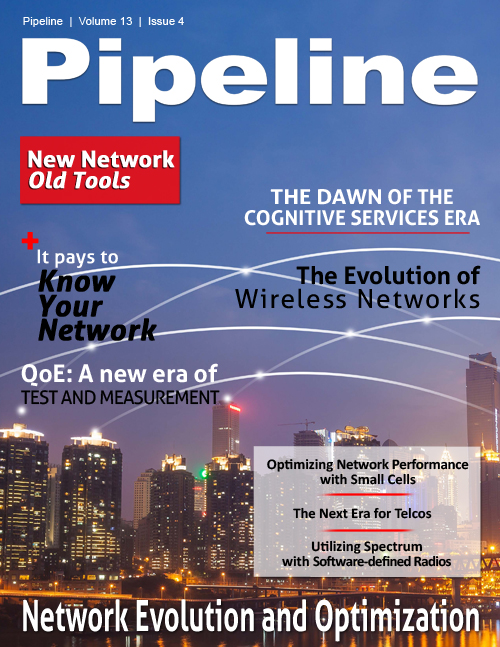Telecom Industry News
Smart solutions for Smart Cities
Working hand-in-hand with the continued growth of IoT developments and deployments is the rise of new smart solutions to help metropolitan areas better manage their assets and operations through cloud- and IoT-based initiatives.
Verizon this month announced it has signed an agreement to purchase Sensity Systems Inc. to accelerate the deployment of large-scale implementations that will drive the digital transformation of cities universities and venues. With this purchase, Verizon seeks to add a leading comprehensive suite of smart city solutions enabled by its ThingSpace IoT platform to help communities increase economic development, drive citizen engagement, and enable sustainability.AT&T continues to further the smart cities concept as well. The company has announced it is providing wireless connectivity to assist Applied Information in deploying new intelligent flashing school zone traffic systems across the country. The Glance School Zone Flashing Beacon system by Applied Information gives local officials a simple-to-use interface to remotely view and control the school beacons in their communities—those flashing signs that are intended to slow drivers down as they pass through school zones.
To help public and private organizations pick up Smart Cities development speed, Nokia is expanding its LTE portfolio with a Cloud Packet Core solution to enable mining, oil and gas, transportation, and utility organizations, as well governments and regional operators to more easily deploy private LTE networks. The company stated its solution is tailored specifically for global enterprises, the public sector, and smaller operators, and will improve the safety and efficiency of employees while expanding mobile applications across a variety of industries and accelerating the move to Smart Cities.
Mobile’s global impact
While the mobile industry in the U.S. and Europe has been relatively flat recently, it’s making a major impact in other areas of the world. The GSMA this month delivered to the United Nations a first-of-it-kind report offering critical insights into the global transformative impact of the mobile industry on individuals, societies, and economies. The GSMA unveiled "2016 Mobile Industry Impact Report: Sustainable Development Goals", a ground-breaking study that provides a current assessment of the mobile industry’s impact in achieving the Sustainable Development Goals (SDGs), and outlines future actions that will expand and strengthen that impact.
One of those major impacts was the partnership of Ericsson and Grundfos to improve access to clean drinking water globally by linking mobile wallet providers with water service providers to simplify consumer payment. The companies claim the collaboration will ensure easy connection of mobile wallet providers and water service providers to simplify access for the end consumer. It involves the Ericsson M-Commerce Interconnect that provides a global payments hub for mobile payment services, and the Grundfos AQtap, a water ATM that dispenses water and supports sustainable water management. The solution is initially rolling out in Kenya this month and is expected to drive more efficient revenue collection with reduced cash management risks and overhead costs.
Meanwhile, Latin America is the new mobile growth region. Another GSMA report this month reveals rising mobile Internet usage and smartphone adoption is driving economic growth and delivering digital inclusion across Latin America and the Caribbean. The number of people across Latin America using their mobile devices to access the Internet is set to grow by 50 per cent by the end of the decade, according to the study. It forecasts that 150 million new mobile Internet subscribers will be added in the region by 2020, bringing the total to 450 million and driving economic growth, innovation, and digital inclusion.
Yet, will all this mobile activity worldwide, research firm IDC claimed this month that more than two-thirds of consumers are under-utilizing their smart devices and missing their full potential. While connected devices have made their way into the households of millions of consumers, new insights from IDC indicated that less than one-third (31 percent) of consumers surveyed feel they take full advantage of all the capabilities of their digital assets, with 16 percent of users not knowing how to fully set up their devices, and nearly a quarter (24 percent) feeling that their digital assets had capabilities that would be useful, but were unsure of what they were.


















